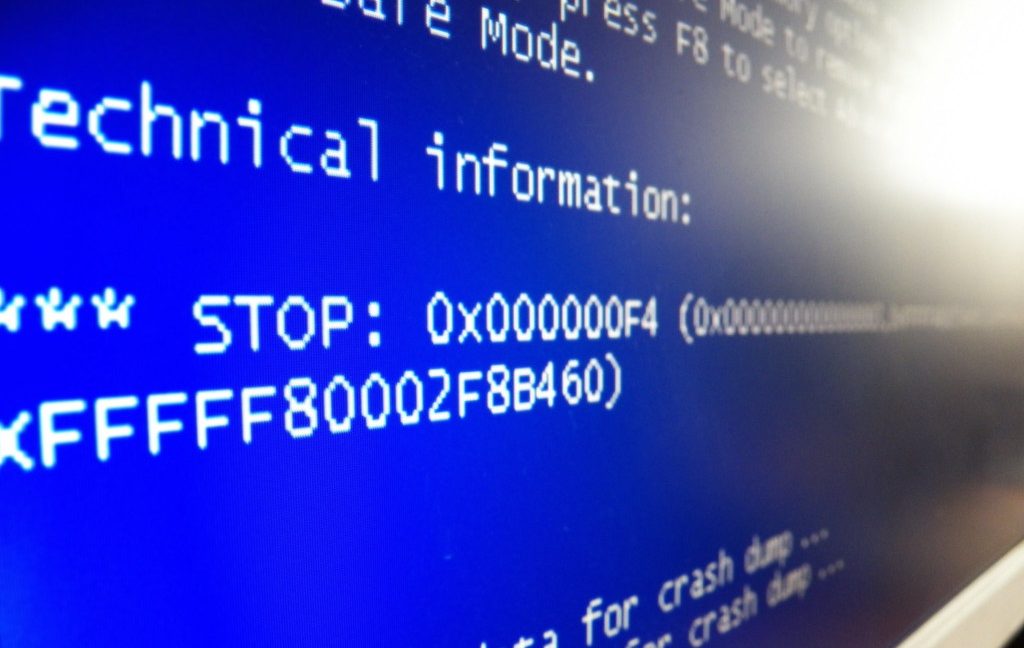Very ironic indeed!The most popular Linux used for Docker is Alpine, which uses Openrc.
Very ironic indeed!The most popular Linux used for Docker is Alpine, which uses Openrc.
Linux is unique in that it hasn't uniquely solved the problem of containers unlike almost any other capable and mature operating system.Containerization is a solution to a problem that is not uniquely Linux's, let's not throw stones.

 arstechnica.com
arstechnica.com
It's not April 1st, so it must be real. I am boggled.After decades of undying success under Windows, it finally arrives with systemd v255 under Linux: the Blue Screen of Death!
It's not April 1st, so it must be real. I am boggled.
I think you make a good point, in that the BSOD is synonymous with Windows' general unreliability in popular culture, but a screen which displays an error message, to assist with diagnostics, isn't a bad thing. Don't shoot the messenger.Actually the Windows blue screen is a really good feature, and was even more useful before they removed some info it displays.
Actually the Windows blue screen is a really good feature, and was even more useful before they removed some info it displays.
"Windows support" wouldn't even be able to diagnose if they forgot to plug in the power cable.where not even the windows support know what these are.
And insist on price reduction! Otherwise $MS-profits rise nevertheless.When you buy a computer ask to have it without windows preinstalled.
That being said, HP has several business line laptops and desktops that are customizable with FreeDOS as an OS option for a significant discount.And insist on price reduction! Otherwise $MS-profits rise nevertheless.
If the seller does not want to agree say good bye and look for a second hand computer elsewhere.
"Windows support" is usually what amounts to something like:"Windows support" wouldn't even be able to diagnose if they forgot to plug in the power cable.
"Windows support" is usually what amounts to something like:
"I can't get past the BIOS POST..."
"run sfc /scannow"
"it won't boot at all"
"download the Windows Media Creation tool, burn a Windows 10 ISO and boot from that..."
"Ok, but the system won't boot"
"Boot Windows, open a command prompt and enter DISM /Online /Cleanup-Image /CheckHealth"
"!!??"
i.e. the person asking the question should be at their hardware vendor's support and the person answering is pretty much on auto pilot.
I've spent hours on BSODs over the years, analysing crash dumps, etc and in the end it was "reinstall". The cause remains a mystery and for the Windows IT people, it being a complete mystery ("just one of those things") is an acceptable outcome.
Yep. And rather than update in an enterprise environment (lets be honest, it won't work anyway), they deploy an entirely new image.
So inefficient and basically treats the whole install like a big black box that they have no real clue about.
Indeed. So basically it *is* a big black box that no-one has real clue about.I couldn't care less about troubleshooting that crap, I have better use for my time...
why should anyone care about such an inferior piece of software? It's not like you could change anything about it if you take the time to debug it. So waste as little time on that junk as possible...So basically it *is* a big black box that no-one has real clue about.
"reinstall windows from scratch" - thats their standard answer for 100% of all bugs/annoyances/broken drivers/whateverShitWindowsComesUpAfterNextUpdate.
"reinstall windows from scratch" - thats their standard answer for 100% of all bugs/annoyances/broken drivers/whateverShitWindowsComesUpAfterNextUpdate..
I don't particularly recall that much joy in computing, 25+ years ago, though I can appreciate the sentiment.I am so glad i moved to Free Software 25 years ago, that brought back the joy of computing for me!
